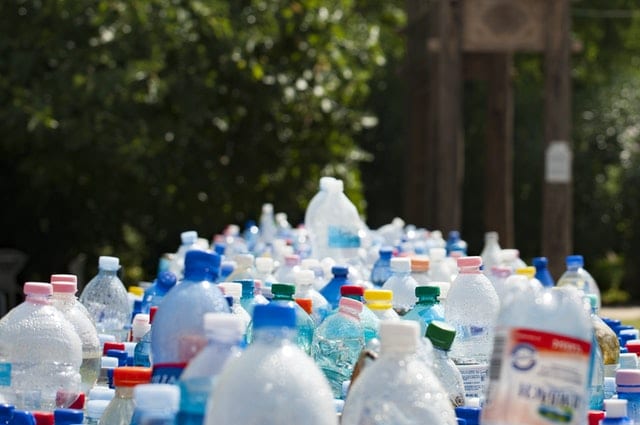What is the relationship between your company’s brands and recycling? Since the final episode of Blue Planet II aired on the BBC, featuring the devastating impact of the human plastic consumption, the conversation around single-use plastics has changed significantly, especially for food and drinks brands.
The past few months have seen a wave of support from brands and consumers alike, keen to do their bit. Diageo, the BBC and the Royal Households have all committed to cutting back on single-use plastics, whilst Pret a Manger has doubled its discount for reusable coffee cup user.
These initiatives are highly admirable but what if your brand isn’t able to act immediately? Many of these decisions will be happening above or separate to the digital team. Even if your products are recyclable, your community managers or customer service teams are the ones left to respond to an increasingly engaged and vocal customer base.
Firm up your viewpoint
It pays to be prepared so anticipate questions and start drafting those responses. Look at the types of questions your competitors have already received and determine how you would respond. For brands and industries where this may be a sensitive subject, get these responses signed off ahead of time so there isn’t any delay when questions come in.
Repeat this process on a regular basis, especially if launching a new product or packaging. Learn from your customer feedback.
But how to respond?
Be helpful
So your products are fully recyclable. Great! Let your consumers know and share links to more information.
@OatlyUK what is the packaging for the organic + original oat drinks made from? trying to check whether they’re recyclable in my area.
— charlottio (@copytones) March 7, 2018
Honesty is always the best policy
Transparency continues to be the marketing buzzword of the decade and should certainly be related to questions on recycling, even if it may not be the best news.
All of our bottles are recyclable, and made with at least 30% recycled plastic, and from April our original smoothie bottles will be made from 50% recycled plastic and 15% plant-based plastic. For more of our thoughts on plastic, head here https://t.co/G3SM2wUzzE
— innocent drinks (@innocent) March 7, 2018
Hi @innocent my kids love your drinks. I’m thinking about our use of plastic as I’m keen to go greener. Are your strawers 100% recyclable or do they end up in landfill/the sea like other plastic straws? pic.twitter.com/lqqbc1Pqea
— Live Green & Breathe Cleaner (@Livegreener2018) January 24, 2018
Don’t get defensive
As consumers are becoming more informed, brands are being increasingly challenged and these questions are getting more interrogative. Take a deep breath, be patient and answer with as much detail as possible
The cartons are widely recyclable across the UK (90% of local authorities now collect cartons) and the recycling process is quite simple. Here’s a video that shows how it works in the bottom of this page: https://t.co/jy7AQ4MmKp
— OatlyUK (@OatlyUK) March 2, 2018
Thanks for replying. Indeed Tetra Pak cartons *are* recyclable but they aren’t always *actually recycled*. I’m sure you’ll improve packaging when you can. But that’s a distraction: it’s the plastic ring I originally questioned! I always cut it up before disposal.
— Karen Alexander (@chemistrykaren) January 23, 2018
Take a hit
Maybe you can’t (immediately) change your product packaging. But can you encourage your customers to make small changes, at a small expense to your brand?
I’m delighted you can now get 50p off a hot drink when you bring your reusable cup to @Pret. I hope this will make a difference.
— Clive Schlee (@Cliveschlee) January 2, 2018
Track it
Quick changes aren’t always feasible but some hard data from your consumers could help move the needle internally. Add a tag to your social media management tool, and get tracking the number of queries relating to recycling your products or packaging.
Ultimately, how and when you respond to queries about recycling will depend on your products but it is clear the conversation has changed, potentially for the long term. Brands who want to stay ahead of changing consumer attitudes need to be prepared and ready to face these questions as and when they occur.





